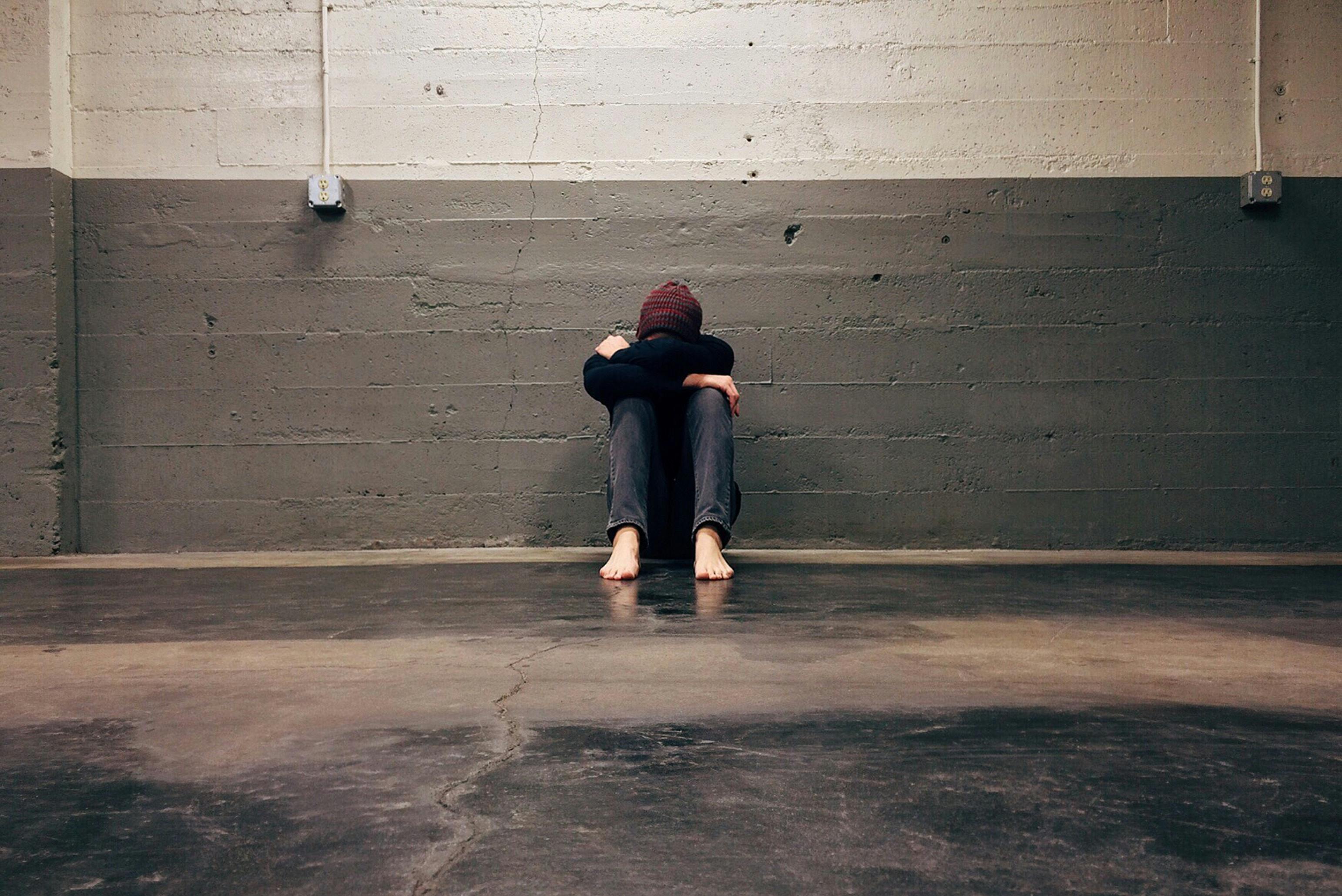Understanding and Managing Eye Bags: A Comprehensive Guide
As we age, many of us begin to notice the formation of small, puffy areas under our eyes. These unsightly protrusions, known as eye bags, can make us look tired and old before our time. Despite their prevalence, there is a significant amount of misunderstanding and misinformation surrounding eye bags. This article aims to address this knowledge gap by providing a comprehensive guide on the causes, prevention, and management of eye bags.

Eye Bags: An Unavoidable Part of Aging?
Eye bags are primarily associated with aging. As we grow older, the tissues around our eyes, including some of the muscles supporting our eyelids, start to weaken. Normal fat that helps support the eyes can then move into the lower eyelids, causing the lids to appear puffy. Simultaneously, fluid may also accumulate in the space below your eyes, adding to the swelling.
Historically, eye bags were accepted as a natural part of aging, with little understanding of the role lifestyle and environmental factors could play in their formation. However, research in the last decade has shed light on the various factors that contribute to their onset.
The Role of Genetics and Lifestyle
Aside from aging, genetics also play a role in the development of eye bags. If your parents or grandparents have or had eye bags, you are more likely to develop them. In addition, lifestyle factors like lack of sleep, high salt intake, smoking, and excessive alcohol consumption can exacerbate the condition.
In recent years, the role of lifestyle in eye bag formation has been highlighted in numerous studies. This surge in interest is driven by the increased emphasis on wellness and the global trend towards natural and holistic approaches to health and beauty.
Prevention: An Ounce of Cure
Prevention is always better than cure, and this is particularly true for eye bags. Practicing a healthy lifestyle can significantly delay the onset of eye bags. Adequate sleep, a balanced diet low in salt, and avoiding harmful habits like smoking and excessive drinking can go a long way in maintaining the health of your skin, including the sensitive area around your eyes.
In addition, the use of sunscreen and sunglasses when outdoors can protect the delicate skin around the eyes from harmful UV rays, which can weaken the skin and contribute to the development of eye bags.
Treating Eye Bags: From Home Remedies to Medical Procedures
For those already dealing with eye bags, various treatment options range from simple home remedies to medical procedures. Cold compresses, cucumber slices, or chilled tea bags applied to the eyes can help reduce swelling and tighten the skin.
Over-the-counter creams and gels containing ingredients like caffeine, which can constrict the blood vessels under the eyes, may also prove beneficial. However, their effectiveness varies from person to person, and they may not provide a long-term solution.
Medical treatments for eye bags have evolved significantly over the years. Cosmetic procedures such as filler injections work by filling in hollows under the eyes, making eye bags less noticeable. Laser resurfacing and chemical peels can tighten the skin under the eyes, reducing the appearance of bags. However, these procedures are not without risks and should be discussed thoroughly with a dermatologist.
The Impact of Eye Bags on Self-Perception and Society’s Perception
Eye bags can have a significant impact on an individual’s self-perception, contributing to feelings of insecurity and decreased self-esteem. In a society that places a high value on youthful appearance, eye bags can lead to negative perceptions and can even impact professional and personal relationships.
However, it’s important to remember that eye bags are a normal part of aging and are experienced by most people at some point in their lives. While there are measures we can take to delay their onset and minimize their appearance, we must also challenge societal standards that equate beauty with youthfulness and foster a more inclusive understanding of beauty that embraces the natural aging process.
In conclusion, eye bags are a complex issue influenced by genetics, lifestyle, and environmental factors. While prevention and treatments are available, it’s equally important to address the societal pressures that contribute to negative perceptions associated with eye bags. By doing so, we can promote a healthier and more inclusive notion of beauty, where age and wisdom are celebrated rather than concealed.





